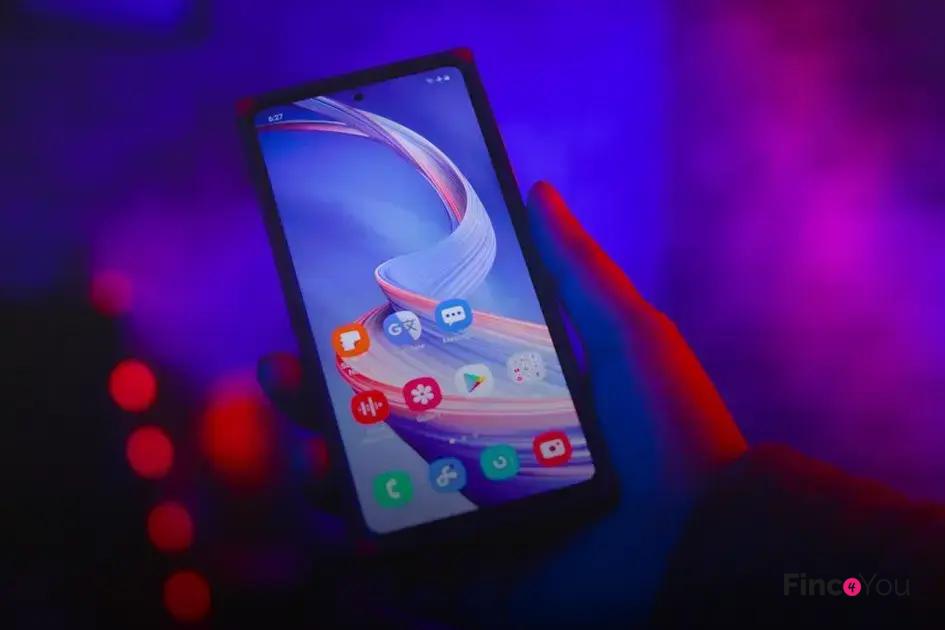
Managing personal finances can be overwhelming, especially with countless expenses daily. The budgeting apps offers a modern solution, combining convenience with financial control.
In this article, we’ll explore why Australians are turning to digital solutions for their financial needs. Stay tuned as we delve into the essential features of these top apps and gather insights from real users.
Why Budgeting Apps are Essential
In today’s fast-paced world, keeping track of finances can be a daunting task. This is where budgeting apps come into play. These handy digital tools help individuals and families gain control over their financial lives by tracking spending habits, setting savings goals, and managing bills efficiently.
Budgeting apps eliminate the need for traditional pen-and-paper methods, offering a more streamlined, user-friendly experience. With the growing number of apps available, especially in countries like Australia, it’s essential to understand their significance.
Firstly, budgeting apps provide real-time data on your financial activities. You can instantly see where your money goes, and this immediate feedback helps make informed financial decisions.
Moreover, many apps offer custom alerts that notify users about upcoming payments or when they’re close to overspending. These notifications encourage timely actions and can prevent overdraft fees or missed payments.
Another reason why these apps are indispensable is their ability to categorize expenditures. By automatically sorting transactions into categories like groceries, utilities, or entertainment, users can identify spending patterns more clearly. This categorization aids in understanding areas where one can cut back to save more effectively.
Finally, budgeting apps are accessible anytime, anywhere. Whether you’re commuting, on vacation, or at home, you have the wisdom of your financial data in your pocket. This constant accessibility ensures that users are always equipped to make the best financial decisions quickly.
Top Features to Look For
When evaluating free budgeting apps in Australia, there are several critical features you should prioritize to ensure maximum benefit. The first feature to look for is user-friendly design. Apps should be intuitive and easy to navigate, allowing you to access your financial data effortlessly. Additionally, the ability to sync with your bank accounts automatically is invaluable. This feature ensures your information is current and reduces manual entry, saving you time.
A strong app should also include customizable categories, allowing you to tailor the app to your unique spending habits. Being able to track and categorize expenses helps you understand where your money is going each month. Another important feature is robust reporting and analytics. With detailed insights into your spending patterns, you can make informed decisions and improve your financial health.
Security is paramount when dealing with financial data. Ensure the app uses encryption and offers two-factor authentication for added safety. This is critical to protect your sensitive information from unauthorized access. Some apps might also offer goal-setting capabilities, which can motivate you to save towards your financial objectives.
Customer support availability is a feature that shouldn’t be overlooked. Whether it’s through email, chat, or phone support, knowing you can reach out for help at any time provides peace of mind. Lastly, consider looking for apps that integrate with other financial tools or services you currently use, streamlining your financial management into one seamless process.
User Reviews and Experiences with Budgeting Apps
When it comes to choosing budgeting apps, user reviews and testimonials offer valuable insights. Users frequently praise the user-friendly interfaces of many apps, allowing even beginners to start managing their finances easily. Many have noted how apps like Pocketbook and Frollo align well with the spending habits of Australians.
Feedback often highlights app reliability. Users appreciate apps that sync properly with their bank accounts. This synchronization feature is pivotal in ensuring real-time updates on spending and saving activities. For instance, users frequently mention Moneysmart’s TrackMySPEND and its effectiveness in keeping their expenses organized.
Customizability is another aspect users talk about. Some apps allow users to create personalized spending categories, which aids in better expense allocation. This feature is particularly highlighted in apps like Goodbudget, where users can track their spending as per their unique lifestyle choices.
Users also express value in apps that offer detailed spending insights and trends. These insights help users make informed decisions about their financial practices. Apps like WeMoney have garnered positive reviews for their detailed reports and alert notifications that assist in keeping users on their financial track.
Community features are another commonly discussed point. Engaging with forums and other users helps enhance the experience by sharing tips and achieving financial goals together. Apps offering this feature resonate well with users looking for a sense of community support.
Overall, user feedback highlights the practical benefits of these apps, emphasizing their role in promoting financial wellness and ease of use in managing day-to-day expenses.


